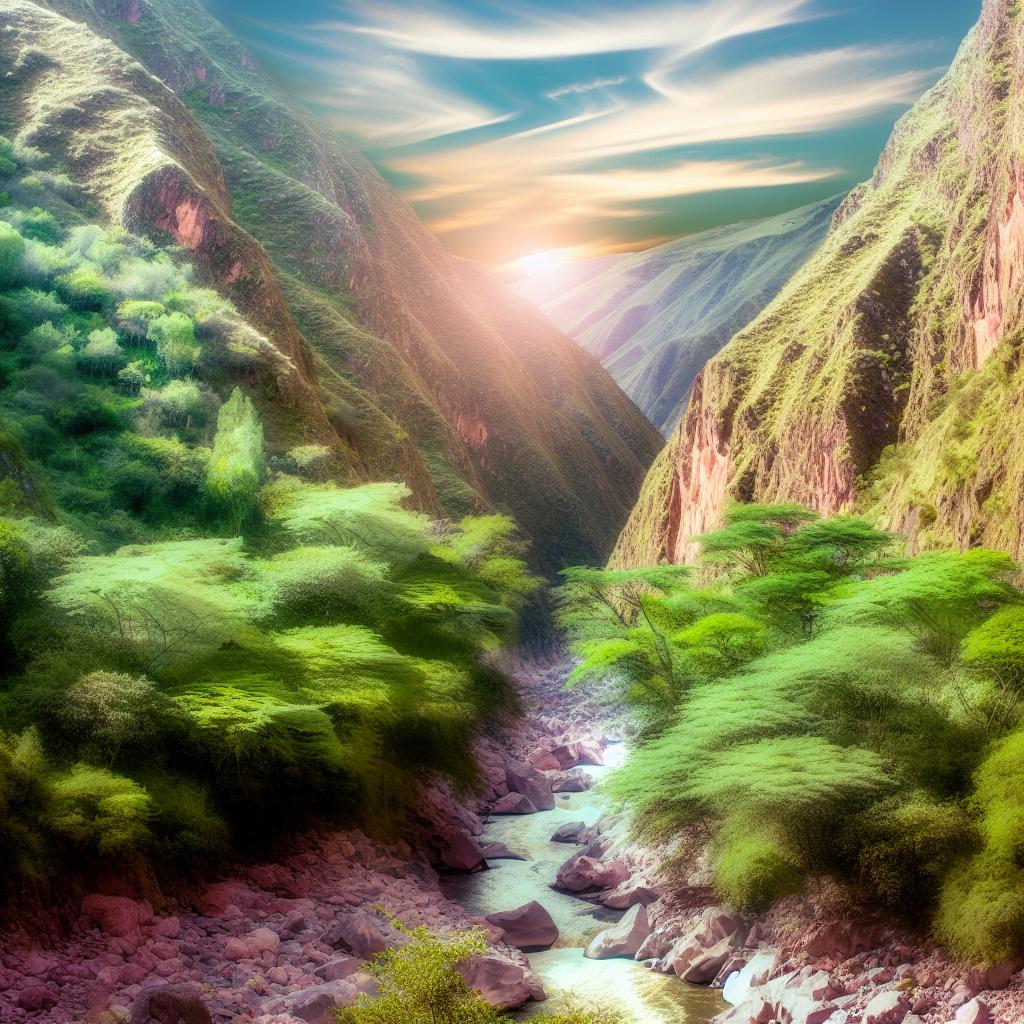Sacred Valley

Introduction to the Sacred Valley
The Sacred Valley of the Incas, or Urubamba Valley, is a region in Peru’s Andean highlands. It was once the heartland of the Inca Empire and remains an essential area for agriculture due to its fertile plains. Stretching from Cusco to Machu Picchu, the valley is dotted with picturesque villages, vibrant markets, and ancient ruins. Its rich cultural and historical significance makes it a popular destination for travelers.
Geography and Climate
Located between Cusco and Machu Picchu, the Sacred Valley is approximately 100 kilometers long. It lies at an altitude of about 2,800 meters, offering a mild climate compared to the relatively colder city of Cusco. The weather is predominantly dry from May to October, making this period ideal for tourism.
Main Attractions
Ollantaytambo: This town is home to an impressive Inca archaeological site, featuring well-preserved terraces and a fortress that overlooks the valley. It is also one of the few remaining places where the Incas defeated the Spanish.
Pisac: Known for its bustling market and majestic ruins, the town of Pisac is a mix of Inca and colonial influences. The Pisac archaeological site showcases Intihuatana, ceremonial baths, and meticulously crafted terraces.
Chinchero: Often referred to as the birthplace of the rainbow, Chinchero offers captivating panoramic views. It is renowned for its traditional weaving practices and a Sunday market rich in colorful textiles.
Moray: The archaeological site of Moray consists of unusual circular terraces that many believe were used for agricultural experimentation by the Incas.
Maras: Famous for its salt mines, Maras features thousands of terraced salt evaporation ponds dating back to pre-Inca times. The dramatic scenery provides excellent photography opportunities.
Activities in the Sacred Valley
Trekking: The Sacred Valley offers various trekking opportunities, including hikes to lesser-known Inca ruins and traditional villages. These treks provide insight into the local culture and stunning landscapes.
Cultural Visits: Engaging with local communities and understanding their traditions can be a rewarding experience. Workshops on traditional weaving or pottery-making offer practical insights into indigenous crafts.
Adventure Sports: For thrill-seekers, options abound in the Sacred Valley. Activities such as white-water rafting on the Urubamba River, mountain biking, and zip-lining are available.
Transportation and Accessibility
The Sacred Valley is easily accessible from Cusco, which is the nearest major city. Visitors can reach the valley by car, taxi, or public transport. Organized tours often provide transportation with guides who offer deeper insights into the region’s history and culture.
Accommodation Options
A variety of accommodations is available to suit different budgets and preferences. From luxury hotels to budget hostels, visitors can find lodging that meets their needs. Staying in traditional guesthouses can offer a more immersive local experience.
Conclusion
The Sacred Valley is a destination that offers a blend of history, culture, and natural beauty. Whether you are interested in exploring ancient ruins or engaging with local communities, the valley provides unforgettable experiences. Its accessibility and range of activities make it a must-visit region when traveling to Peru.





